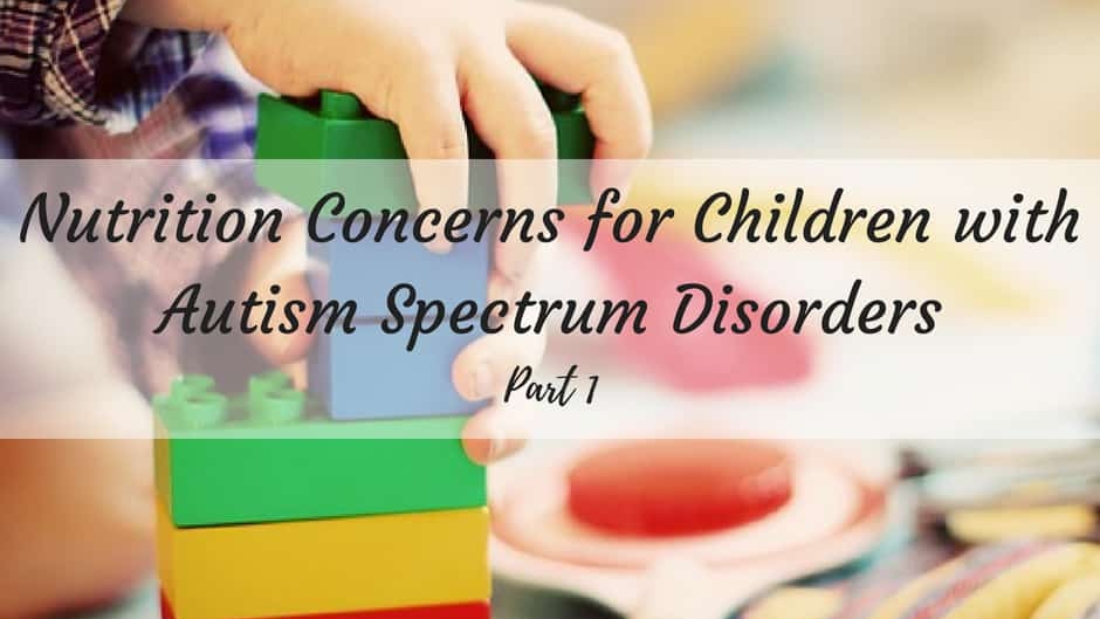Autism Spectrum Disorder (ASD) is a complex developmental and neurological condition that typically appears during the first three years of life. ASD includes:
- Autism 自闭症
- Asperger Syndrome 阿斯伯格综合症
- Pervasive Developmental Disorders (PDD) 广泛性发育障碍
- Rett’s disorder 雷特氏症
- Childhood Disintegrative Disorder (CDD) 儿童期崩解症 or Heller syndrome 海勒症候群
People with ASD have trouble with social interaction and communication. They may also have unusual interests, activities, and behaviours. (CDC).
It is about four times more common in boys than in girls.
PREVALENCE
According to the Centres for Disease Control Prevention, one in every 59 children in United States is diagnosed with autism. In Malaysia, there is no official registry for the number of individuals diagnosed with autism. The only statistics which shed some light into the occurrence of autism in Malaysia is a local survey conducted in 2008 which revealed that autism affects one in 625 children.
SIGNS & SYMPTOMS
- Trouble communicating with people include delayed talking
- Trouble interacting with people including not wanting to be held or cuddled and poor eye contact
- Behaviour that is different than other people
- Lack of interest in playing with other children
- Lack of interest in food or uncommon food preferences
- Trouble with motor skills including picking up small objects, catching a ball and riding a bike
Autism affects each person differently and can range from mild to severe.
DIAGNOSIS
There is no medical test, like a blood test, to diagnose the disorders. A medical diagnosis of ASD is most frequently made by a Family Physician, Developmental Pediatricians, Child Neurologists, Child Psychologists or Psychiatrists. (CDC).
ASD can sometimes be detected at 18 months or younger. By age 2, a diagnosis by an experienced professional can be considered very reliable (here). However, many children do not receive a final diagnosis until much older. This delay means that children with ASD might not get the early help they need.
CAUSES & RISK FACTORS
There is no known cause for ASD, but both genetics (here) and environment are believed to play a role, such as advanced parental age (here), medications during pregnancy (here, here), parental obesity (here) and environmental pollutants (here).
TREATMENT
There is no known cure for autism. Treatment is based on individual, such as early intervention, physiotherapy, speech therapy, occupational therpy, behavioural therapy, to help individuals cope with their symptoms.
Behaviour modification needs to be tailored to each individual child and family situation.
NUTRITION CONCERNS

Child with ASD often repeat behaviors and have narrow, obsessive interests. These types of behavior can affect eating habits and food choices, which can lead to the following health concerns.
- Social impairment. It may limit a child’s ability to learn eat through modeling. The child may not be motivated by eating with peers or family members.
- Restrictive, repetitive and rigid behaviours. The child may have difficulty accepting new foods due to sensitive to the taste, smell, color, texture, temperature and packaging of foods. They may limit or totally avoid some foods and even whole food groups. Rigidity may also lead to an insistence on sameness in food, including the presentation of food, utensil use, brand and location where to eat. Common dislikes include fruits, vegetables and slippery, soft foods; prefer crispy and crunchy foods (potato chips, French fries, crackers).
- Not eating enough food. The child may have difficulty focusing on one task for an extended period of time. It may be hard for a child to sit down and eat a meal from start to finish. Allergies or intolerances appear to be more common in children with autism and can decrease overall food intake.
- Constipation. This problem usually is caused by a child’s diet low in fibre and high in processed foods, abnormal function of GI tract and sensory response (withholding due to discomfort with the sensation of defecation).
- Medication interactions. Some stimulant medications used with autism, such as Ritalin, lower appetite. This can reduce the amount of food a child eats, which can affect growth. Other medications may increase appetite or affect the absorption of certain vitamins and minerals. If your child takes medication, ask your healthcare provider about possible side effects.
STRATEGIES FOR DEALING WITH SELECTIVE EATING

Because children with ASD often have restricted diets as well as difficulty sitting through meal times, they may not be getting all the nutrients they need, particularly iron, calcium and protein. Here are some nutrition strategies that you can use to help make feeding a little easier. These strategies may help in the slow and steady process of improving feeding issues.
1. Be Prepared for Pickiness
Many parents find their child’s sensitivity to tastes, colors, smells and textures the biggest barriers to a balanced diet. Getting your child to try new foods — especially those that are soft and slippery — may seem nearly impossible. You may find that your child avoids certain foods or even entire food groups.
- Get your child involved. Have your child visit the supermarket with you to choose a new food. When you get home, research it together on the internet to learn about where it grows. Then, decide together how to prepare it. When you are done, don’t worry if your child doesn’t want to eat it. Simply becoming familiar with new foods in a low-pressure, positive way eventually can help your child become a more flexible eater.
- Avoid snaking all day. This decreases appetite, willingness to try new foods, and the number of total calories taken for the day.
- Limit mealtime. Limit mealtimes and snacks to 15-30 minutes.
- Use the rule of 3. Work to broaden the variety of a child’s diet expanding on already accepted food groups. A good rule of thumb is to only offer three foods at a time. Include one to two foods your child already likes and one food your child does not yet like. If your child will not tolerate the new food on his or her plate, place the new food near him or her on a separate plate to help get your child used to the new food.
- Food presentation. Present new foods in small bites and in fun, creative or familiar ways to make it more likely that your child will eat it.
- Reward positive behaviours. Offer praise when your child approaches or tries new foods. Immediate rewards, such as a sticker, can be helpful to encourage new feeding behaviors. Remember that rewarding good mealtime behaviors will increase the likelihood that they will happen again.
- Ignore Negative Behaviors. When possible, ignore your child when he or she is doing things such as spitting, throwing or refusing food. Remember, you don’t want to encourage these behaviors by paying attention to them.
2. Make Mealtimes Routine
A child with ASD will have to work harder at mealtimes because a busy kitchen, bright lights and even the way the furniture/utensil is arranged all are potential stressors.
- Set a feeding schedule and routine. Serving meals at the same time and same place every day is one of the simplest ways to reduce stress. You can use visual timetables and visual schedules. Written timetables or picture symbol schedules detailing when and where they will eat, what will be eaten and the type of behaviour expected at meal times makes mealtimes more predictable and a less anxious occasion for the child.
- Provide comfortable and supportive seating. Place your child in a high chair or booster seat that he or she is ale to sit upright without leaning or dangling his or her feet. This physical stability promotes good feeding behaviours and reduces distracting behaviours by allowing them to feel “grounded” and safe.
- Remove all distractions. Distractions such as the TV or iPad which can take the focus off the food and the task at hand. Feed your child only when he or she is alert and attentive. If your child is sensitive to lights, try dining by candlelight.
3. Regular Bowel Movement
Traditionally, a high-fiber and fluid diet, as well as regular physical activity are recommended to treat constipation but this is not always an effective recommendations. Making a dietary change is a long process but is necessary. First is to make it safe and comfortable for the child to have bowel movement.
- Stool softeners or lubricants may be used to reduce the potential of pain with defecation.
- Regular bathroom routine are needed to reduce anxiety and facilitate normal bowel movement.
BOTTOM LINE
Caring for a child with ASD can be challenging on many levels, and healthy eating is no exception. For children with ASD, a nutritious, balanced diet can make a world of difference in their ability to learn, how they manage their emotions and how they process information.
Changes in dietary intake will be a slow process and not all strategies will work for each child.
A Dietitian can identify any nutritional risks based on how your child eats, answer your questions about diet therapies and help guide your child on how to eat well and live healthfully.
AUTISM RESOURCES IN MALAYSIA
The National Autism Society of Malaysia (Nasom).


[…] post, you may also also be interested in learning about Nutrition Concerns for ASD, check out my last blog post. […]
Pretty great post. I just stumbled upon your weblog and wished to say
that I have truly loved browsing your blog posts. In any case I will
be subscribing on your rss feed and I hope you write
again very soon!